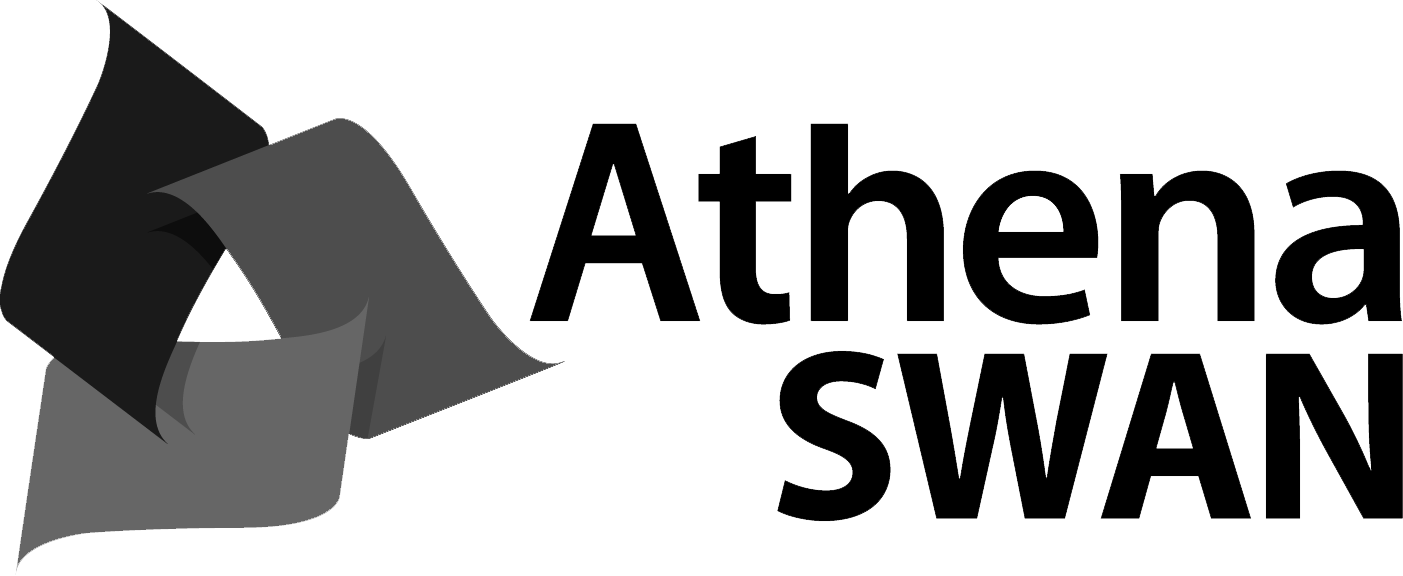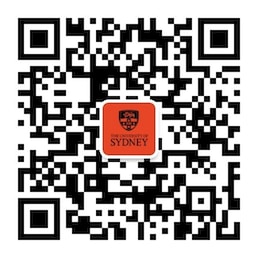Anatomy and Histology
| This page was first published on 15 November 2023 and was last amended on 21 November 2023. View details of the changes below. |
|---|
A major in Anatomy and Histology is offered by the School of Medical Science, Faculty of Medicine and Health. Units of study in this major are mostly available at standard and advanced level.
The School of Medical Sciences, anatomy teaching team are internationally recognised for both education and research in human anatomy and histology. The Discipline offers a range of undergraduate and postgraduate courses. The School maintains a large collection of physical and virtual resources for education and research in anatomy and histology. It also houses the JT Wilson Museum of Human Anatomy and the J.L. Shellshear Museum of Physical Anthropology and Comparative Anatomy, supported by a growing range of online resources created by our Anatomy Multi-Media laboratory.
Members of our teaching discipline participate in a wide range of biomedical research and our research facilities include an advanced microscopy suite, including a high resolution transmission electron microscope and excellent specimen preparation facilities; laboratories for state-of-the-art analysis of human brain imaging data; multi-user molecular biology laboratories; immunohistochemistry and in-situ hybridization facilities as well as, behavioural neuroscience laboratories.
About the major
A major in Anatomy and Histology introduces students to the study of the structure and development of the human body from the subcellular and cellular levels through to the gross macroscopic level. Qualitative and quantitative descriptions of the structure of the human body is related to its subcellular, cellular and gross physical functions.
Specialised study of the subcellular and cellular development and organisation of body structures and systems is undertaken in specialist units of study in histology. Detailed study of the development, structure and function of the musculoskeletal system, head and neck, the viscera and the brain, spinal cord and peripheral nervous system are studied in units of study in our specialist units of anatomy.
A major in Anatomy and Histology will provide students with a thorough and broad understanding of the microscopic and macroscopic structure and function of the human body, of its development and maturation and of its normal organisation and potential for disruption and damage.
Requirements for completion
The Anatomy and Histology major and minor requirements are listed in the Anatomy and Histology unit of study table.
Contact and further information
Address:
Anatomy and Histology
University of Sydney NSW 2006
Professor Kevin Keay
E kevin.keay@sydney.edu.au
T +61 2 9351 4132
W Discipline of Anatomy and Histology
Learning outcomes
Students who graduate from Anatomy and Histology will be able to:
| No. | Learning outcome |
|---|---|
| 1 | Exhibit a broad and coherent body of knowledge of the fundamental organisation and development of the human body from its gross structure to the cellular and intracellular levels. |
| 2 | Integrate deep knowledge of the fundamental functional properties of the body and relate these to structural properties and developmental processes. |
| 3 | Use a range of histological and anatomical methodologies and explain current investigative and experimental approaches including “state-of-the-art” techniques. |
| 4 | Source, collate, synthesise and critically evaluate information in anatomical sciences, histology, cell biology and neurobiology, from a range of relevant sources. |
| 5 | Communicate concepts and findings in anatomy and histology through a range of modes for a variety of purposes and audiences, using evidence-based arguments that are robust to critique. |
| 6 | Relate and apply knowledge of the structural organisation and functional properties of the human body to other biomedical and biological disciplines, as well as anthropological and clinical disciplines. |
| 7 | Identify research questions, design research plans and carry out experiments that address and test hypotheses in anatomy and histology, including analysing and interpreting primary research data. |
| 8 | Develop creative and innovative approaches to problem solving in the field of anatomy and histology research and work effectively, responsibly and safely in individual and collaborative contexts. |
| 9 | Address authentic problems in anatomy and history, working professionally and ethically within collaborative, interdisciplinary teams. |
| 10 | Evaluate the importance of anatomical investigation and knowledge in community and society, its medical, educational, social and global importance, uses and potential abuses. |
| 11 | Appraise the framework for body donation and the moral, ethical and legal responsibilities entailed. |
Post-publication amendments
Date |
Original publication |
Post-publication amendment |
|---|---|---|
| 21/11/2023 | Contact and further information published as: Associate Professor Kevin Keay E kevin.keay@sydney.edu.au E enquiries@anatomy.usyd.edu.au T +61 2 9351 4132 W Discipline of Anatomy and Histology |
Contact and further information amended to: Professor Kevin Keay E kevin.keay@sydney.edu.au T +61 2 9351 4132 W Discipline of Anatomy and Histology |





